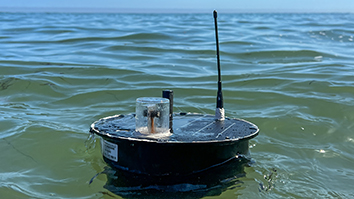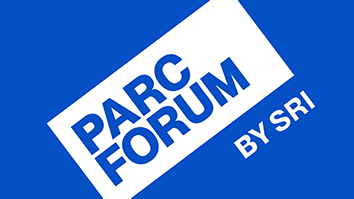Citation
Thomas AM, Schwartz MD, Saxe MD, Kilduff TS (2017). Sleep/Wake Physiology and Quantitative Electroencephalogram Analysis of the Neuroligin-3 Knockout Rat Model of Autism Spectrum Disorder. Sleep 40(10) Oct 1. doi: 10.1093/sleep/zsx138.
Abstract
Study objectives: Neuroligin-3 (NLGN3) is one of the many genes associated with autism spectrum disorder (ASD). Sleep dysfunction is highly prevalent in ASD, but has not been rigorously examined in ASD models. Here, we evaluated sleep/wake physiology and behavioral phenotypes of rats with genetic ablation of Nlgn3.
Methods: Male Nlgn3 knockout (KO) and wild-type (WT) rats were assessed using a test battery for ASD-related behaviors and also implanted with telemeters to record the electroencephalogram (EEG), electromyogram, body temperature, and locomotor activity. 24-h EEG recordings were analyzed for sleep/wake states and spectral composition.
Results: Nlgn3 KO rats were hyperactive, exhibited excessive chewing behavior, and had impaired prepulse inhibition to an auditory startle stimulus. KO rats also spent less time in non-rapid eye movement (NREM) sleep, more time in rapid eye movement (REM) sleep, exhibited elevated theta power (4-9 Hz) during wakefulness and REM, and elevated delta power (0.5-4 Hz) during NREM. Beta (12-30 Hz) power and gamma (30-50 Hz) power were suppressed across all vigilance states.
Conclusions: The sleep disruptions in Nlgn3 KO rats are consistent with observations of sleep disturbances in ASD patients. The EEG provides objective measures of brain function to complement rodent behavioral analyses and therefore may be a useful tool to study ASD.


